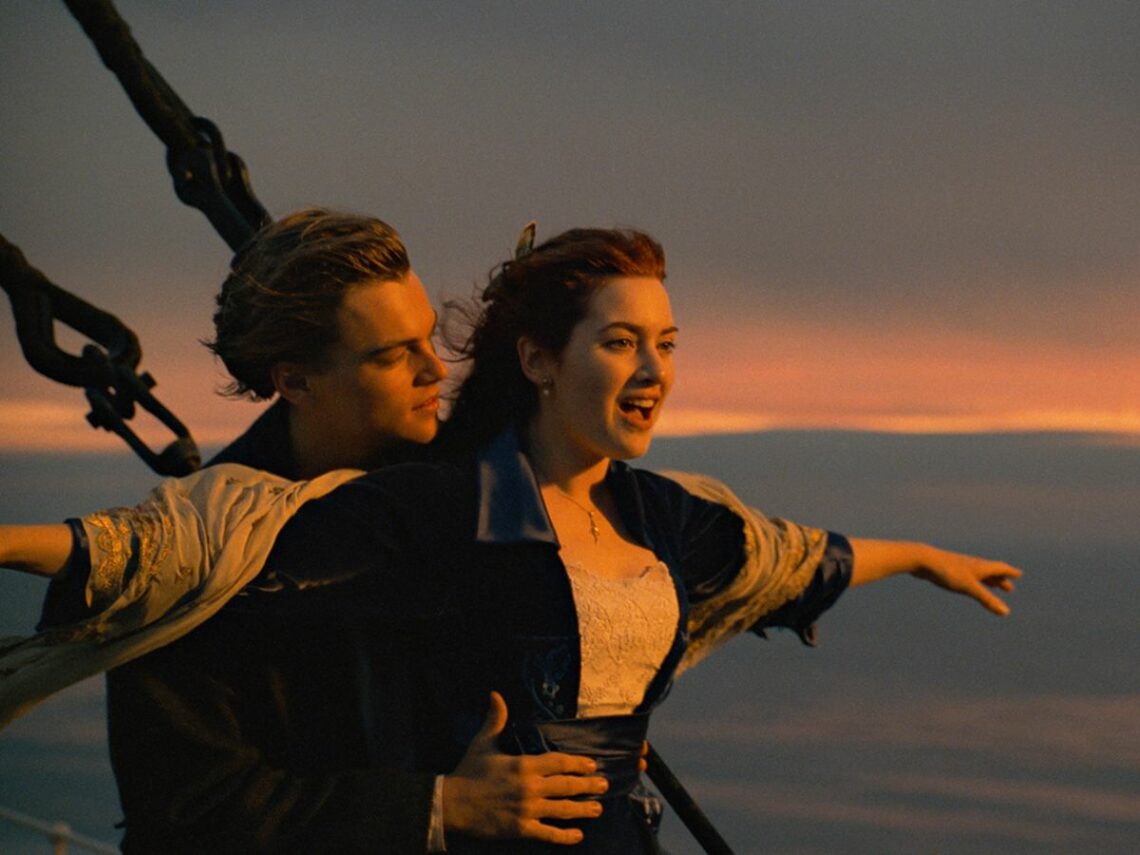
The “major influences” that inspired James Cameron to make ‘Titanic’
By the time James Cameron unveiled the monumental cinematic masterpiece Titanic, he had already established himself as a reputable filmmaker with earlier successes like The Terminator and Aliens. However, the 1997 romantic disaster film eclipsed all of Cameron’s previous achievements.
After all, Titanic, starring Leonardo DiCaprio and Kate Winslet as two ill-fated lovers onboard the maiden voyage of the titular British ocean liner, became one of the most successful movies of all time, winning 11 of its 14 Academy Award nominations, including ‘Best Picture’ and ‘Best Director’ for Cameron.
But why had Cameron, who had largely been known for his efforts in the science fiction genre, come to make a film about a historical event surrounding a sinking ship? Well, throwing into account the filmmaker’s 2003 documentary Ghosts of the Abyss, in which he and a group of scientists stage an expedition to the wreck of the RMS Titanic, it’s clear to see that Cameron has a deep fascination with shipwrecks.
Speaking with the BBC, Cameron once admitted that getting to go down to the wreck fulfilled a “boyhood fantasy” and pointed out “two major influences” that made him become interested in oceanography in the first place: the kinds of juvenile interests that would invariably lead him to make one of the most memorable cinematic works of all time in the shape of Titanic.
Noting the first, Cameron explained, “Jacques Cousteau burst onto the television scene with his specials [in the 1960s]. That was such a fantasy world to me that I really felt somehow called to learn to scuba dive and to want to do that type of exploration for myself.” Cousteau was an oceanographer and filmmaker who invented the first successful scuba apparatus, which helped him make one of the first underwater documentaries.
In 1956, Cousteau released the film The Silent World, based on his first book, The Silent World: A Story of Undersea Discovery and Adventure, which won the Palme d’Or at the Cannes Film Festival that same year. In the mid-1960s, the Frenchman hosted the documentary TV series The Undersea World of Jacques Cousteau, which showed a young Cameron the wonders of the ocean for the first time.
Around that same time, Cameron also began to read a lot of science fiction and he started to find parallels between space travel and oceanographic exploration. “I was fascinated by space travel. That was the sort of exploration I knew I couldn’t really do, but the underwater stuff – there’s no reason why I couldn’t,” he said.
So, over the following decades, leading up to the making of Titanic, whenever Cameron wasn’t making a film, he went diving. “They’re equal passions,” the director noted, “And getting to do film and use the film to pay for deep ocean research and exploration has been the culmination, bringing the two paths together.”
Sure, there are plenty of other facets that come together to make up the overall brilliance and inspiration of Titanic, most notably the historical event of 1912 itself. Still, were it not for Cameron’s introduction to ocean exploration through the work of Jacques Cousteau and then his personal enjoyment of diving, then we might not have got to see the film in all its cinematic glory as we know and love it today.